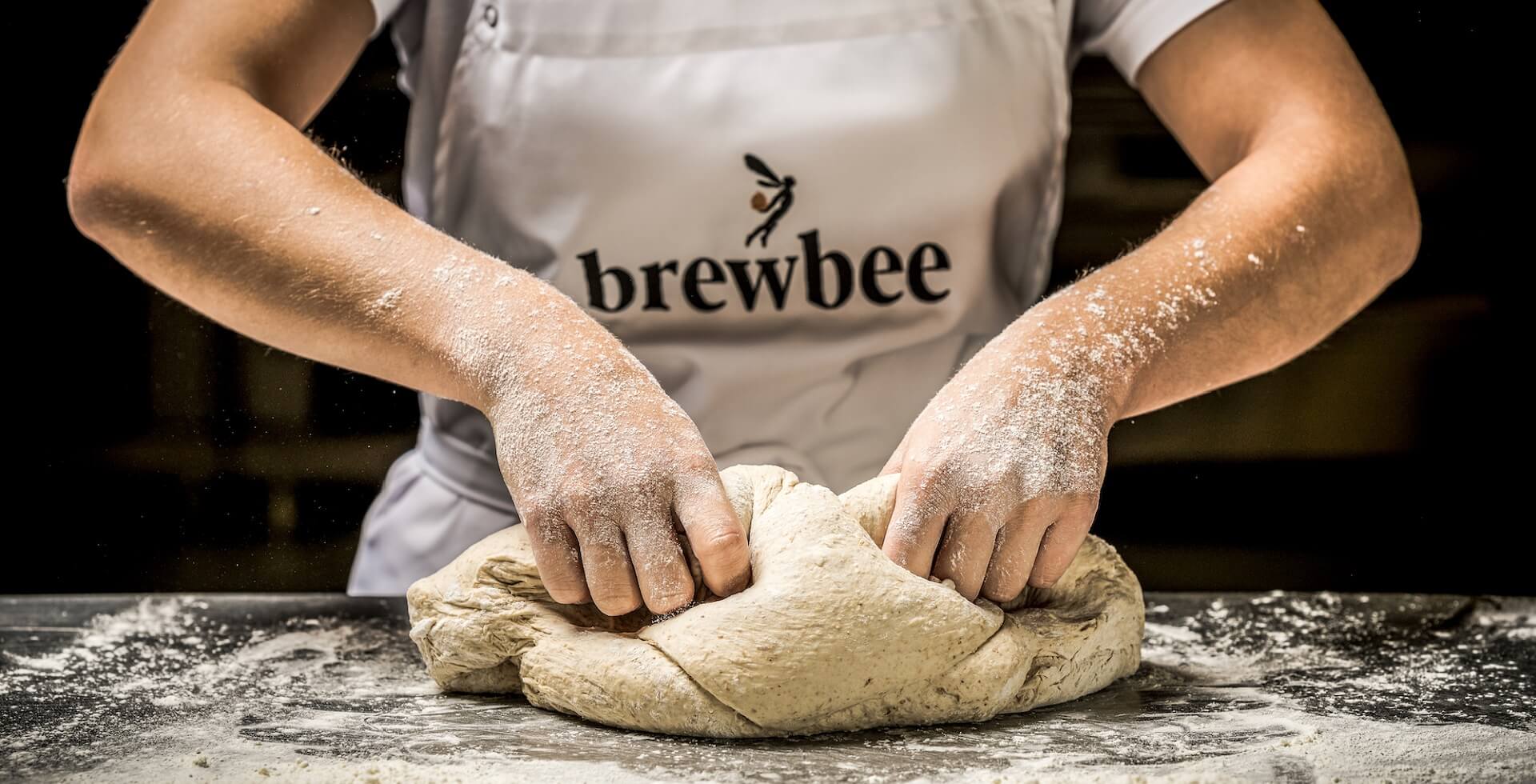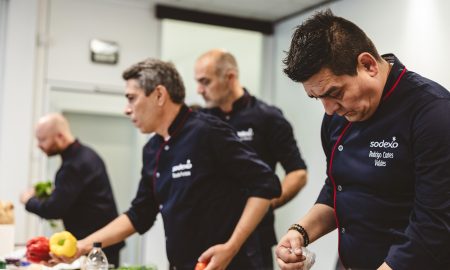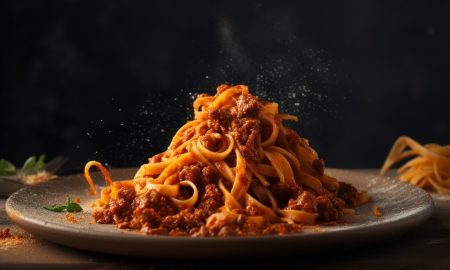It’s Friday afternoon. We come home from the supermarket, put the shopping bag full of food on the table, unpack the contents and throw some of it straight into the garbage can. Hard to imagine, right? Sadly, no. In fact, it is even worse than previously assumed. This is because the number of edible foods that don’t make it onto our plates has gone up. According to the WWF report “Driven to Waste“, around 40 percent of all food produced is never eaten, in contrast to the previously estimated 33 percent. As a result, 2.5 billion tons of food are lost worldwide annually, including losses before, during and immediately after harvest and before slaughter.
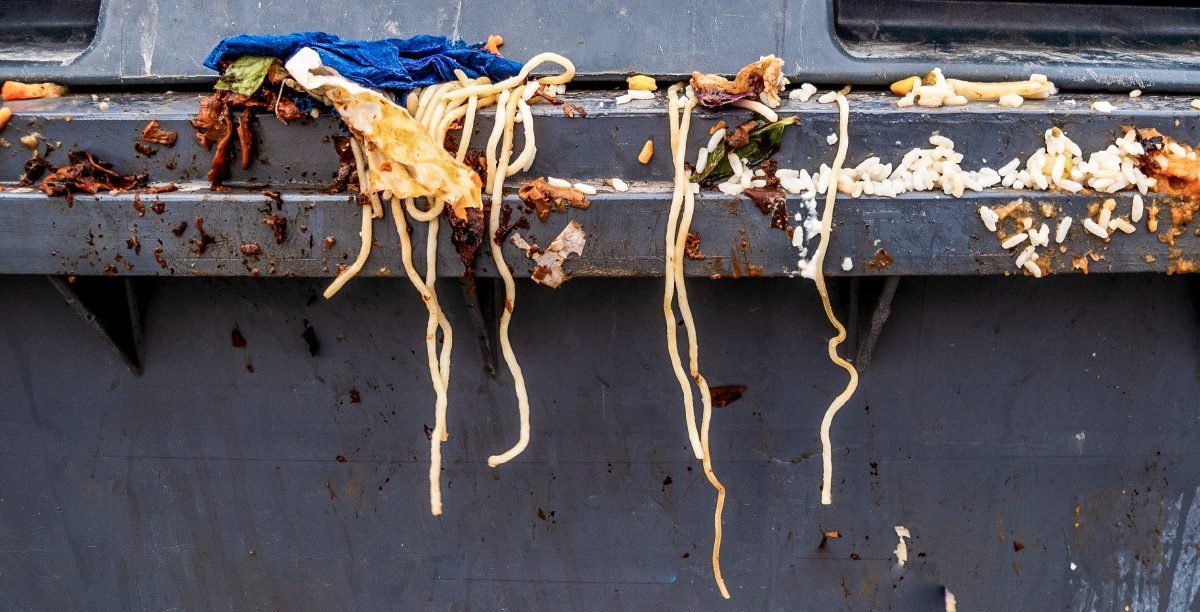
Image: AdobeStock | Andrea
Only little progress with zero waste
Food waste is an issue that has been on our minds for a long time. For example, Hanni Rützler presented food solutions with the re-use food trend in her first “Food Report 2014” in 2013. The term refers to a kind of “food recycling” or “food upcycling”, where you use leftovers such as peelings, leaves or seeds instead of throwing them away. The concept behind it is nothing new. Even in our grandparents’ day, the principle was applied by making breadcrumbs from stale bread and cooking vegetable peelings and scraps into a delicious soup.
Since the appeal was mainly aimed at consumers even back then, you would assume we’ve had enough time to tackle the problem. However, although awareness of food waste has increased, zero waste remains one of the most important food trends in 2024. Why is this? And what has happened in the last ten years?
Not enough, according to the food expert: “We have done a lot of studies on this, now we have more accurate figures and can compare them better. There are also some really great products, but the overall development is very slow.”

Image: Julietta-Kunkel
Increased awareness of sustainability
The crises of recent years (pandemic, Ukraine war, extreme drought in southern Europe, supply chain problem and high inflation) have undoubtedly exacerbated the problem. At the same time, however, they also led to sustainability becoming more important.
However, it is not enough just to hold consumers accountable, says the expert. Above all, the food industry and politicians need to step up to the plate. This is because food waste is not only reprehensible in light of starving populations. Food that is not consumed also accelerates climate change. This is because, it “leads to unnecessary CO2 emissions, land and water consumption and biodiversity loss.” In contrast to re-use food, the zero waste trend therefore focuses on the entire food chain, from agriculture to the food industry to retail and gastronomy, and can therefore be seen as a step forward.
Zero waste in gastronomy
As one of the first zero-waste restaurants in the world, Silo in the British coastal town of Brighton is making a name for itself. Since 2014, it has been focusing exclusively on seasonal products and local producers. This means you can do without the middleman, not to mention packaging. The goods are delivered in reusable containers. What they can’t buy unpackaged, they make themselves, for example, in the in-house brewery, roastery and bakery.
Sieh dir diesen Beitrag auf Instagram an
People eat from plates that were plastic bags in their previous lives, and drink from jam jars. However, zero waste is not only practiced here in culinary terms, the interior also features upcycled and recycled furniture. To put it in a nutshell, the whole restaurant is a zero-waste gastronomy concept.
Sustainable food practices are finding an increasing number of emulators. “Especially in Northern Europe, there are some zero waste restaurants that decide what to cook based on the season and region. There’s no fixed menu, that’s part of the concept,” says the food trend expert.
Less food waste by 2030
Meanwhile, large food retailers have also committed themselves to fighting food waste. The 10 x 20 x 30 initiative is a consortium of ten of the world’s largest food retailers and suppliers. Each of them committed 20 of their suppliers to halving food waste by 2030. The Ingka Group, IKEAS’ largest retailer, is one of the forerunners of this initiative. In 2022, it became the first global company to reduce food waste in its restaurants by 54 percent in 32 markets. In this way, the Ingka Group proves that the UN goal 12.3, which aims to halve food waste in trade and at the consumer level worldwide, can definitely be achieved.
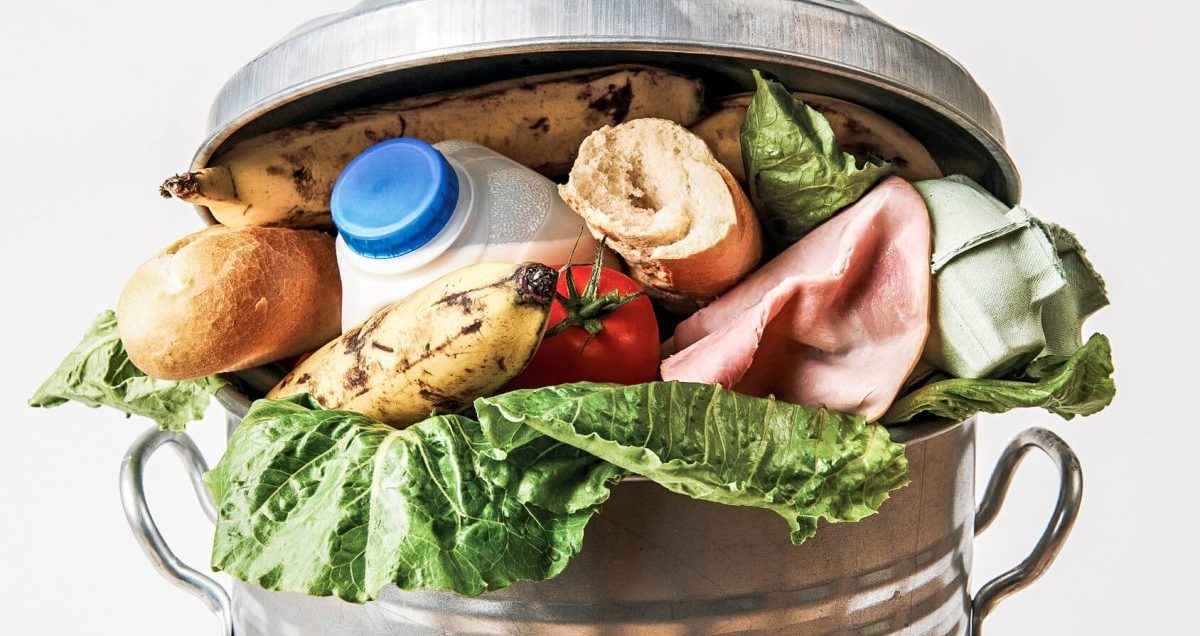
Image: Fotolia | highwaystarz
Turn zero waste into circular food
The circular food trend goes one step further and can be seen as a fusion of the two previous trends. The aim is not only to reduce or avoid waste, but also to prevent waste from occurring in the first place by focusing on the entire product cycle of our food. “An example is oils made from grape seeds. In this case, leftovers are no longer considered waste. They are rather a valuable resource that is fed back into the biological cycle,” explains Hanni Rützler. Very exciting new ideas are now emerging on how food waste can not only be used as animal feed or for biogas plants, but also made into new foods.
The Swiss brewery Locher from Alpenzell, for example, makes pizza, muesli, chips, and even meat alternatives from the by-products of the brewing process under the Brewbee brand. This ensures that hops and malt are not lost. Founded in the Netherlands in 2016, the company PeelPioneers is giving orange peels a second chance. Until then, it had been common practice to simply burn the remaining peels, which exited the juice presses by the ton. Today, PeelPioneers processes them into binders and oils, among other things, in Europe’s largest peel factory. The food industry uses them for products such as beer, lemonade, muffins and chocolate. Additionally, they are also used in cosmetics and detergents.
Sieh dir diesen Beitrag auf Instagram an
However, these are just a few examples of the promising zero waste and evolving circular food trend. In the future, we will hopefully find many more innovative solutions to overcome the challenges of our time.


